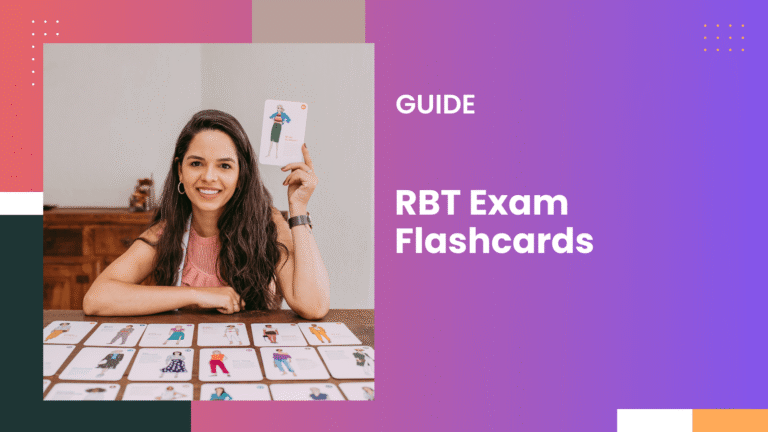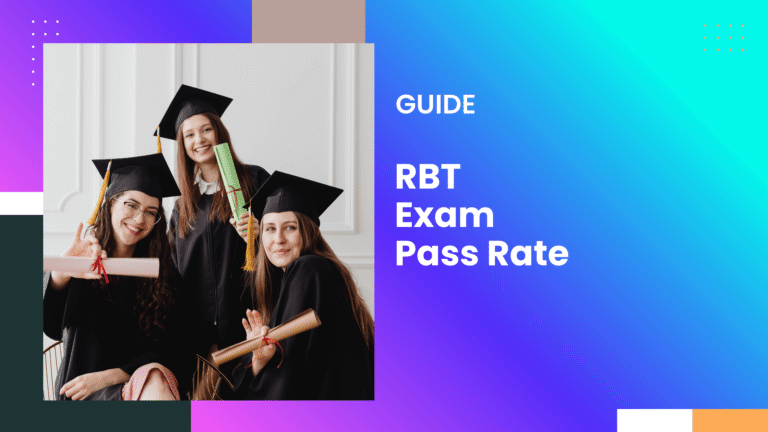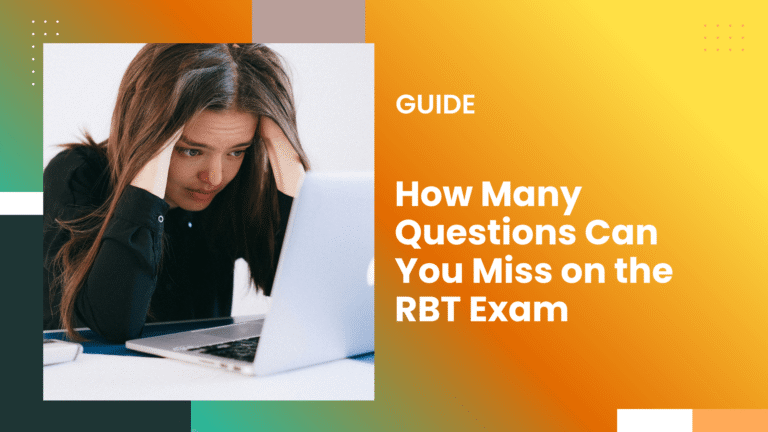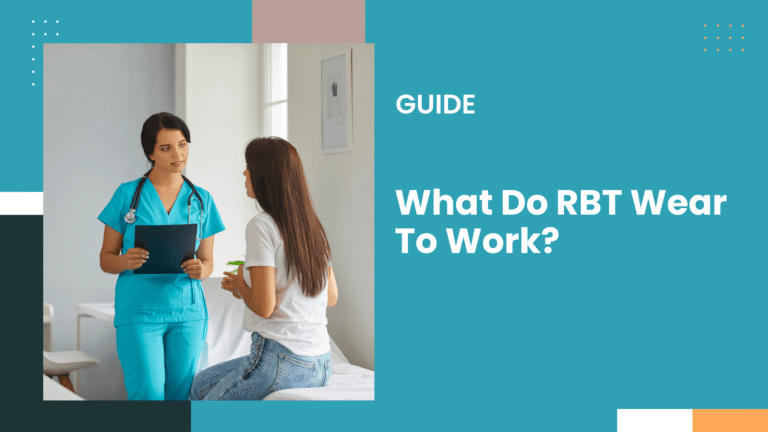RBT Initial Competency Assessment | 20 Practice Questions
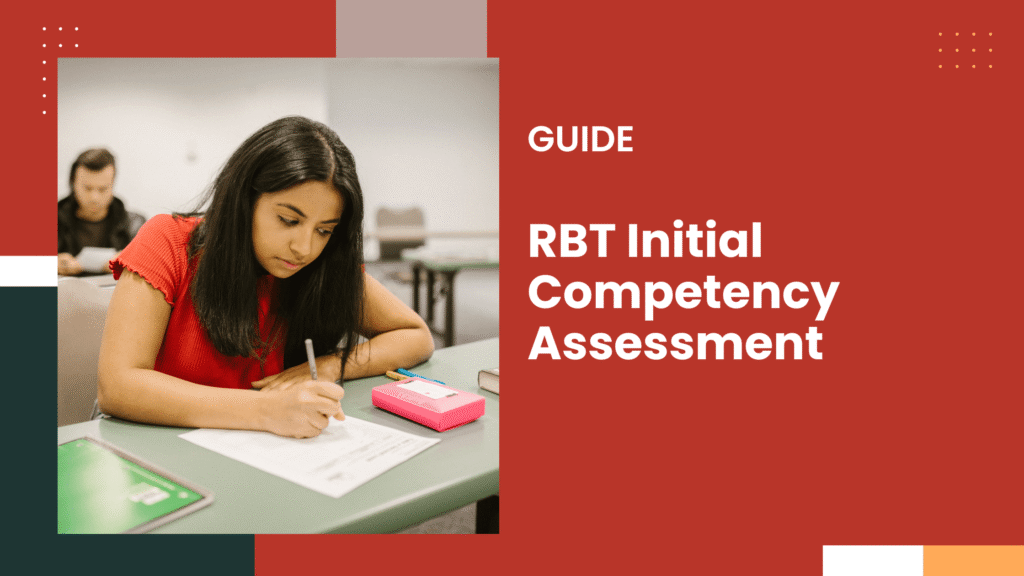
RBT Initial Competency Assessment is a supervised, performance-based evaluation that assesses core competencies such as data collection, skill acquisition implementation, and behavior support strategies before applying for official RBT certification.
Ready to Pass Your RBT Competency Assessment?
Take our RBT practice assessment test designed to mimic real exam questions. Evaluate your knowledge, track your readiness, and boost confidence before test day.
Take Your Competency Assessment Test ➜Why This RBT Practice Test Works
Realistic Questions
Get exposure to questions modeled on the actual RBT Competency Assessment exam.
Fast & Engaging
Answer questions in minutes with an easy-to-use test format built for quick learning.
Immediate Feedback
See your results instantly so you know exactly where you stand and how to improve.
Don’t Leave Your Exam Prep to Chance
Take the practice assessment today and get one step closer to passing on the first attempt.
Begin Your Assessment NowPrepare with confidence—our targeted practice exams help you master every competency and impress your supervisor from day one.
Thinking about becoming a Registered Behavior Technician (RBT)? Let’s break down one of your first major milestones: the RBT Initial Competency Assessment—and I promise, it’s simpler than it sounds.
Every career has a starting point—a place where you prove not just your potential, but your preparedness.
For aspiring RBTs, that first checkpoint is the RBT Initial Competency Assessment, a foundational step toward officially joining a field that helps individuals—often children with autism—grow, learn, and thrive.
RBT Initial Practice/ Mock Questions
What Is the RBT Initial Competency Assessment Exam?
Think of it as a skills-based evaluation—a checklist you’ll complete under the supervision of a Board Certified Behavior Analyst (BCBA).
This isn’t a written exam; it’s about showing, not just telling, that you know how to perform the core tasks of an RBT.
It’s called “initial” because it’s completed before you apply for your official certification.
Basically, in short: it’s your chance to demonstrate you’re ready to move from learner to practitioner.
You can also take Discrete Trials.
How can Performing Discrete Trials be Demonstrated on the Initial Competency Assessment?
Performing discrete trials during the initial competency assessment is shown by demonstrating each step of DTT, presenting the instruction (SD), waiting for the learner’s response, delivering reinforcement or correction, then pausing briefly, observed directly by a qualified BCBA or BCaBA assessor.
Who Conducts the Assessment?
You won’t do this alone.
A qualified supervisor—usually a BCBA—will guide and observe you through each task.
Some skills may be demonstrated in real-life sessions with clients, while others might involve role-playing.
Either way, you’ll be practicing how to provide care safely, ethically, and effectively.
What Do You Need to Be Eligible?
Before you can take the assessment, you must be:
- Be 18 years or older
- Have a high school diploma or GED
- Complete a 40-hour RBT training course (this covers the core principles of behavior analysis)
- Pass a background check
What Will You Be Asked to Do?
This is where you put your training into action. Your supervisor will assess your ability to:
- Take data on client behavior
- Implement skill acquisition plans
- Respond appropriately to problem behaviors
- Follow instructions and procedures tied to behavior intervention plans
Whether it’s with a real client or a simulated scenario, the focus is on safe, ethical, and effective care.
You’re not expected to be perfect, but you are expected to be competent, confident, and coachable.
How to Pass Your RBT Initial Competency Assessment
Step 1: Complete Your 40-Hour RBT Training
First of all, you need to enroll in a BACB-approved 40-hour RBT training course (which you can do either online or in person).
Next, focus on understanding basic ABA concepts, data collection methods, skill acquisition, and behavior reduction. I have a vocabulary listicle here.
I want you to take detailed notes, especially on the RBT Task List.
Step 2: Download and Study the RBT Task List (2nd Edition)
After you have downloaded the task list, read and go through each of them carefully.
- Measurement
- Assessment
- Skill Acquisition
- Behavior Reduction
- Documentation and Reporting
- Professional Conduct and Scope of Practice
Step 3: Practice Each Task in the Task List
Unlike other exams, this will help you greatly if you can role-play scenarios and enact real-life examples or practice with a BCBA/BCaBA supervisor.
Step 4: Perform Tasks With a Client (When Required)
The BACB requires that you complete at least 5 tasks to be demonstrated with a client.
So, ask your supervising BCBA if you can participate in client sessions for practice, and for tasks without a client, role-play or explain the procedures during your assessment.
Step 5: Schedule Your Initial Competency Assessment
Finally, find a qualified BCBA or BCaBA who can conduct the assessment. By the way, make sure you’ve completed your 40-hour training first. (If not, it will not count)
The assessor will watch you demonstrate your skills live, either in person or via video.
Step 6: Receive Verification and Move to Certification Application
And once you have passed, your assessor will sign the Competency Assessment form.
Next, I want you to log in to the BACB Gateway and complete the RBT application.
Submit your completed assessment and background check. Now that your Competency Assessment is complete, study for the RBT certification exam.
When Should You Complete It?
Timing matters.
The RBT Initial Competency Assessment must be completed within 90 days before submitting your application for the RBT certification exam.
That means you shouldn’t wait too long or rush too early.



